The Classy Journal: A Deep Dive into Extreme Ownership by Jocko Willink and Leif Babin
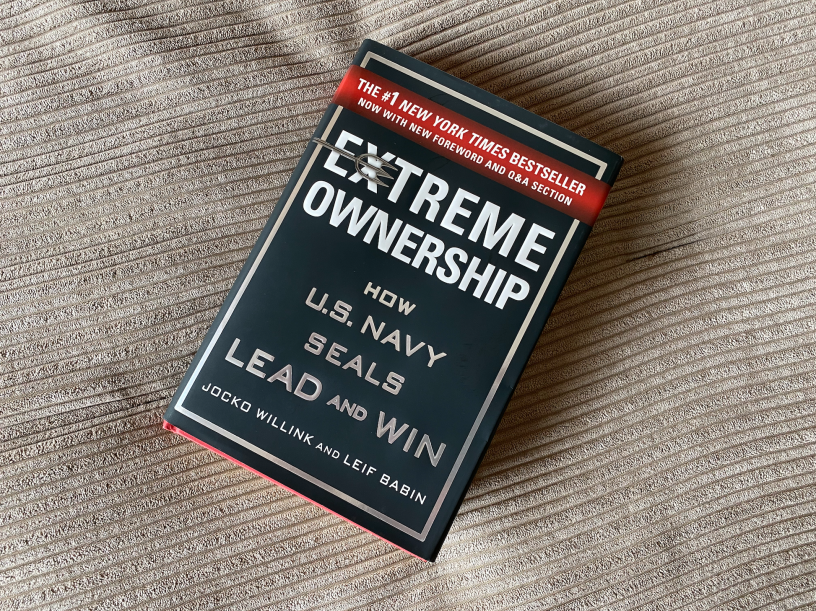 The Classy Journal: A Deep Dive into Extreme Ownership by Jocko Willink and Leif Babin
The Classy Journal: A Deep Dive into Extreme Ownership by Jocko Willink and Leif BabinAt Classy Frank®, we believe that leadership, discipline, and accountability are essential not only in business but also in life. One of the most powerful books that speaks directly to these values is Extreme Ownership by Jocko Willink and Leif Babin. Whether you're managing a business, leading a team, or looking to improve yourself personally, this book offers a blueprint for success grounded in Navy SEAL combat leadership principles.
Let’s explore the core teachings of Extreme Ownership and how it can transform the way you think about leadership and accountability.
1. The Core Idea: What is Extreme Ownership?
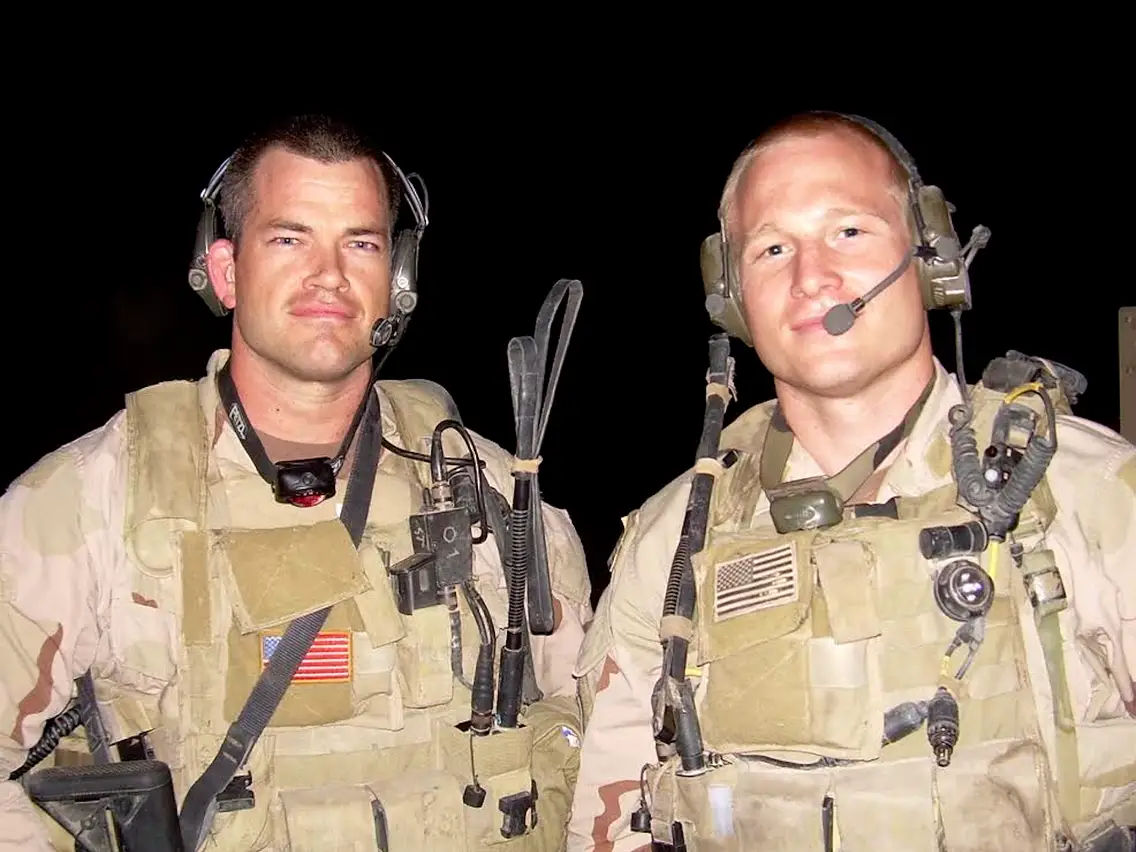
The central message of Extreme Ownership is simple yet profound: a leader must own everything in their world. Whether it’s success or failure, personal or professional, the responsibility rests with the leader. Jocko Willink and Leif Babin, both former Navy SEAL officers, distill this philosophy from their combat experiences in Iraq, applying it to all aspects of life and work.
In their view, there are no bad teams, only bad leaders. Leaders are ultimately accountable for the success or failure of their mission, team, or project. By taking full responsibility—extreme ownership—leaders empower themselves and their teams to grow, adapt, and succeed.
2. Key Lessons from the Book

Extreme Ownership is filled with practical lessons that apply far beyond the battlefield. Let’s break down some of the book’s most impactful teachings:
a. There Are No Bad Teams, Only Bad Leaders
One of the most powerful lessons from the book is that leadership is the root cause of success or failure. Leaders must never place blame on their team members, circumstances, or external forces. Instead, they should reflect on their own decisions and actions. If a team fails to meet its goals, it's the leader's job to identify what went wrong and implement changes.
This mindset helps to build trust within a team. When leaders take ownership of their team’s failures, they set a powerful example, creating a culture of accountability and resilience.
b. Discipline Equals Freedom
Jocko Willink often speaks about the paradox that discipline leads to freedom, and this concept is central to the book. By implementing strict discipline in daily life—whether it’s sticking to a routine, managing time effectively, or setting clear goals—individuals create more freedom to achieve their aspirations.
This principle can be applied to personal habits, business processes, and team management. A disciplined approach allows for clear thinking, better decision-making, and ultimately, more freedom to pursue creative and strategic endeavors.
c. Check Your Ego
In leadership and in life, ego is often the enemy. Willink and Babin stress the importance of checking your ego at the door, especially when it comes to decision-making and team dynamics. A leader with a big ego might resist feedback, refuse to delegate, or fail to see the bigger picture—all of which can lead to poor outcomes.
By setting aside personal pride and focusing on the mission or goal, leaders can foster collaboration, learn from mistakes, and inspire greater performance from their team.
3. How Extreme Ownership Applies to Business and Life

The lessons from Extreme Ownership can be directly applied to the business world and personal development. Here’s how:
a. In Business: Building a Culture of Accountability
Businesses thrive when teams operate with transparency and accountability. A culture of extreme ownership ensures that everyone, from executives to entry-level employees, takes responsibility for their role in achieving the company’s goals.
For example, if a product launch fails or a project misses its deadline, the first question isn’t “Who’s to blame?” but rather “What could I have done to improve the situation?” This mindset fosters a collaborative environment where solutions, rather than excuses, are prioritized.
b. In Personal Life: Taking Ownership of Your Own Success
On a personal level, extreme ownership can be a game-changer for achieving your own goals. It means recognizing that you are in control of your outcomes, no matter the external circumstances. Did you fail to hit a fitness goal? Take ownership of it by reassessing your routine, nutrition, or discipline. Missed a deadline? Reflect on your time management and planning.
This approach empowers individuals to continuously improve because it shifts focus from external blame to internal growth.
4. Applying the Principles of Extreme Ownership in Leadership
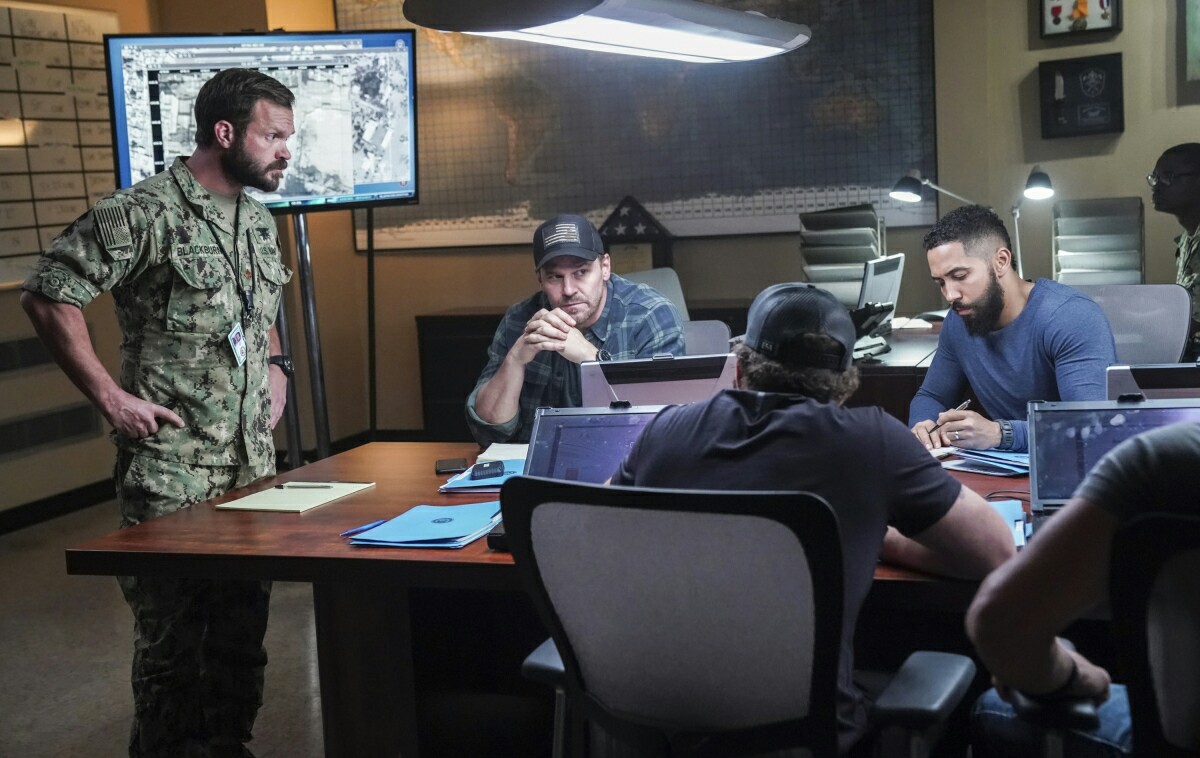
a. Lead by Example
To truly embody extreme ownership, leaders must lead by example. If you want your team to be accountable, disciplined, and solution-oriented, you must model these behaviors yourself. This means taking responsibility for failures, acknowledging mistakes, and setting a high standard for accountability.
b. Simplify the Mission
Another key concept from the book is the idea of simplifying the mission. Leaders must break down complex goals into clear, actionable steps. When goals are overly complicated or ambiguous, teams struggle to align their efforts. A leader’s role is to provide clarity and ensure everyone understands their role in achieving the mission.
c. Prioritize and Execute
One of the most challenging aspects of leadership is managing multiple tasks and priorities at once. Willink and Babin stress the importance of prioritizing the most important tasks and executing them with precision. When overwhelmed, leaders should focus on the most critical tasks first before moving on to secondary objectives. This ensures that progress is made efficiently, even in high-stress environments.
5. Conclusion: Why You Should Read Extreme Ownership Now
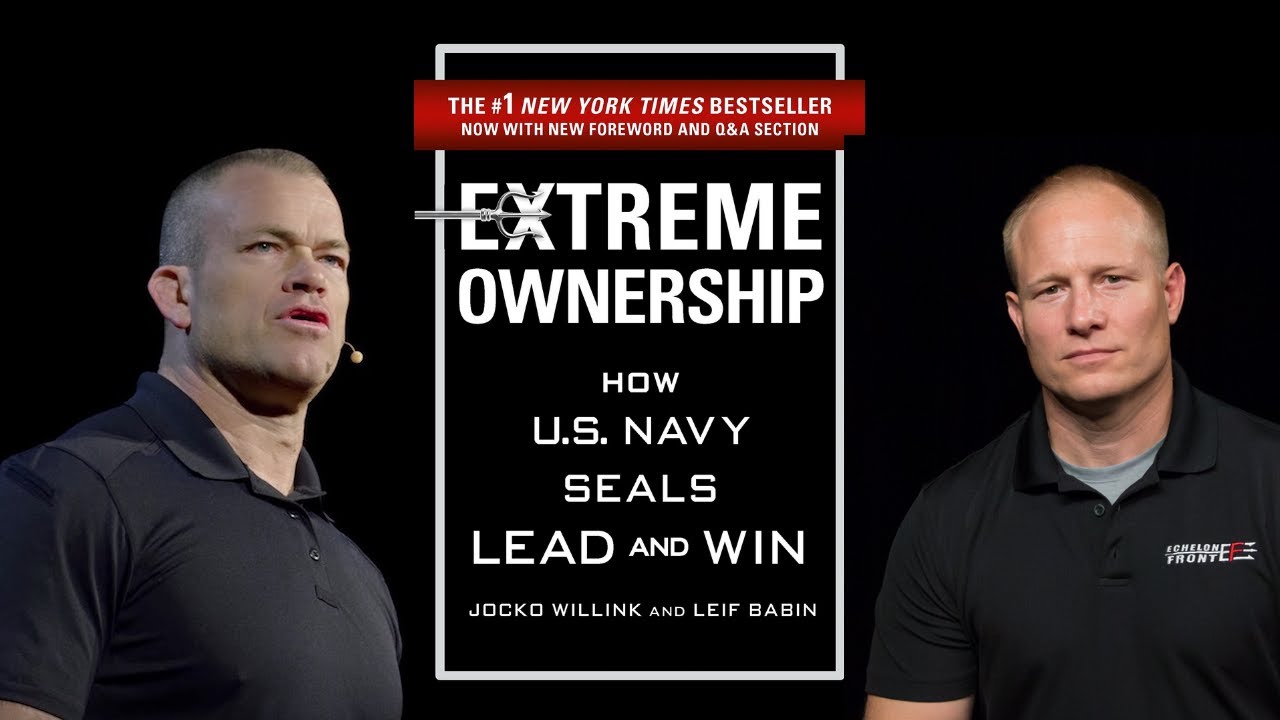
At Classy Frank®, we appreciate the timeless value of leadership, discipline, and accountability. Extreme Ownership is more than just a book about Navy SEAL leadership tactics—it’s a guide for taking control of your life, your business, and your goals. The principles within the book are universally applicable and can transform the way you approach challenges, lead others, and strive for success.
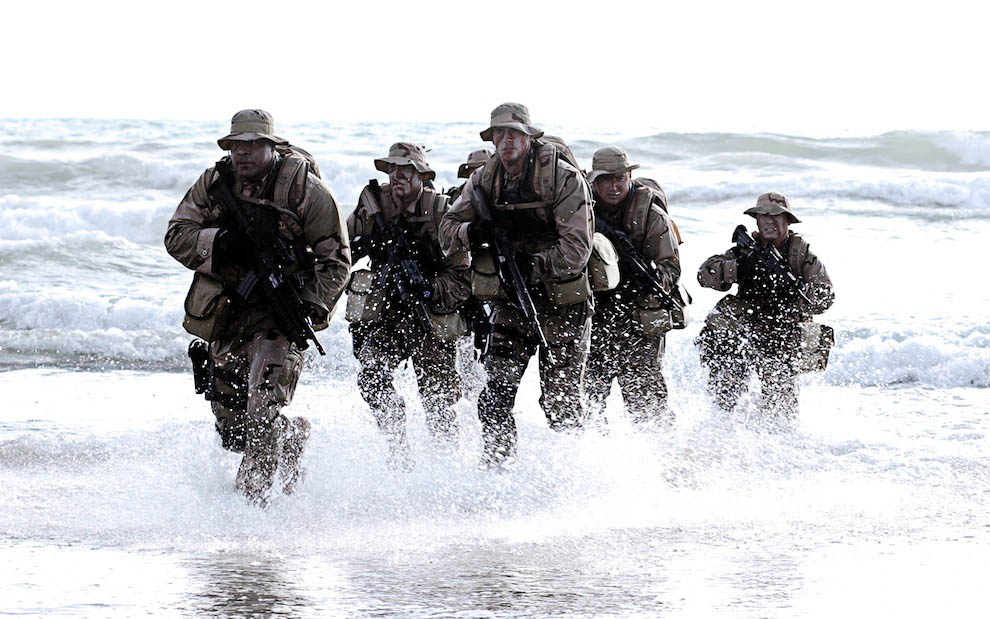
Whether you’re an entrepreneur looking to lead a successful team, a professional seeking to improve your career, or simply someone who wants to take greater ownership of your personal life, this book offers invaluable insights that can help you get there.
By embracing the concept of extreme ownership, you’ll not only elevate your leadership skills but also create a mindset that fosters continuous growth, accountability, and achievement.
#ClassyFrank #ExtremeOwnership #Leadership #DisciplineEqualsFreedom #StayClassy #SelfImprovement #Accountability #JockoWillink #LeifBabin
Stay tuned for more insights into leadership, business, and personal development here at The Classy Journal – your source for staying classy and staying ahead.
-1.png)

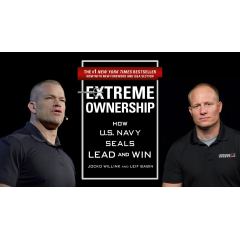



Reacties
Note: HTML is not translated!